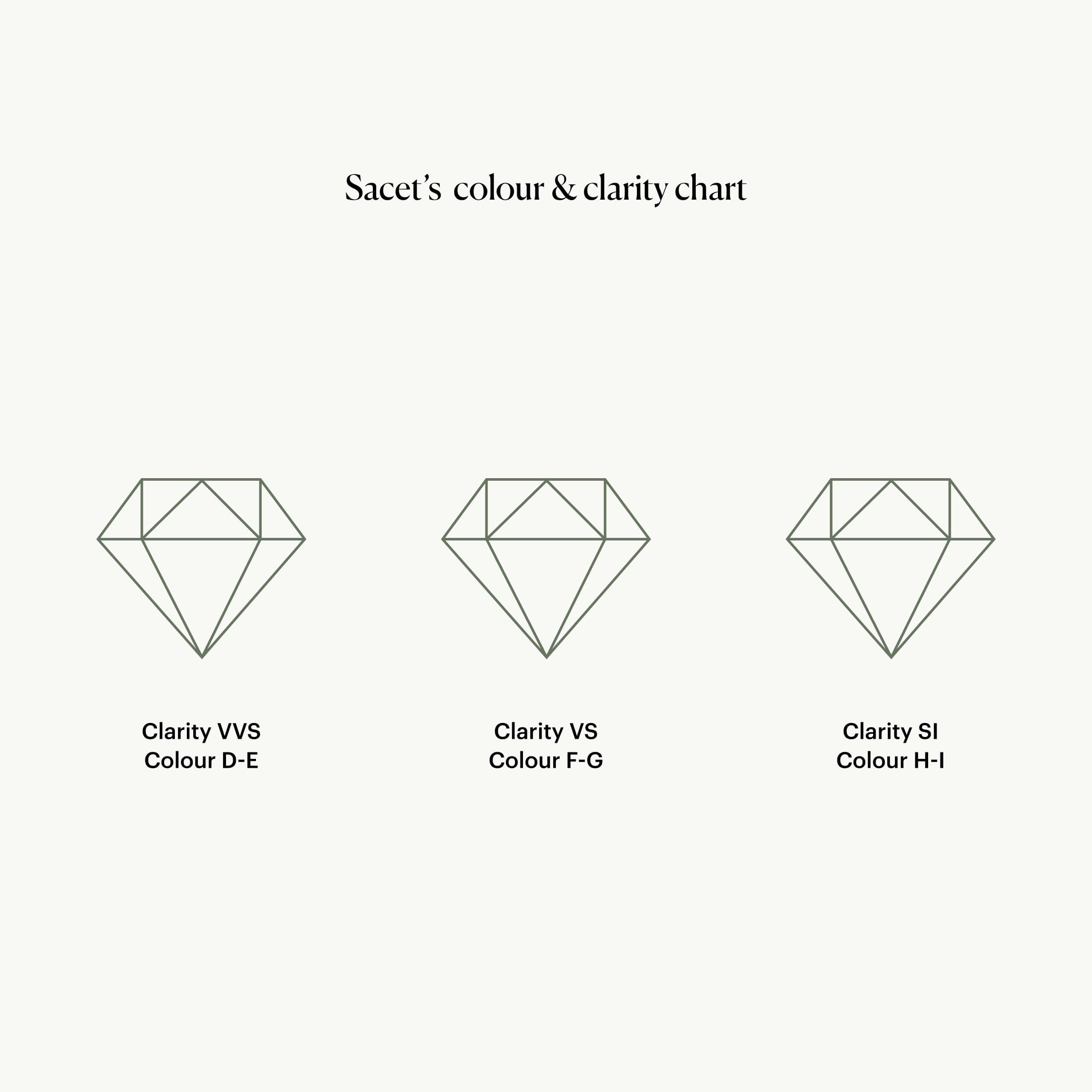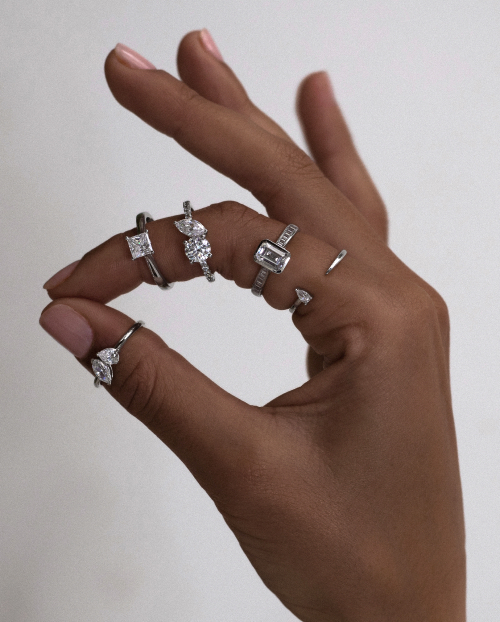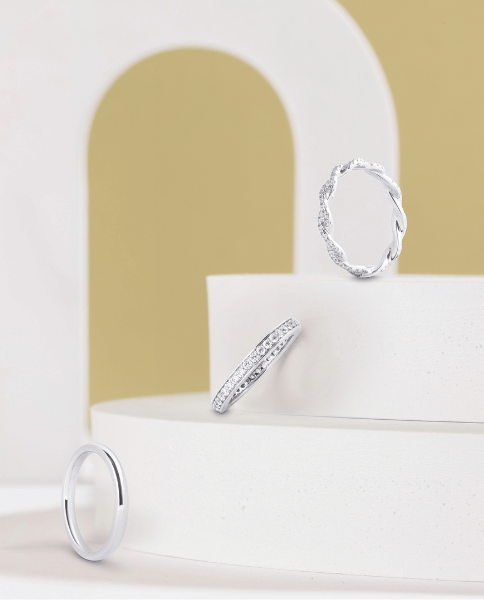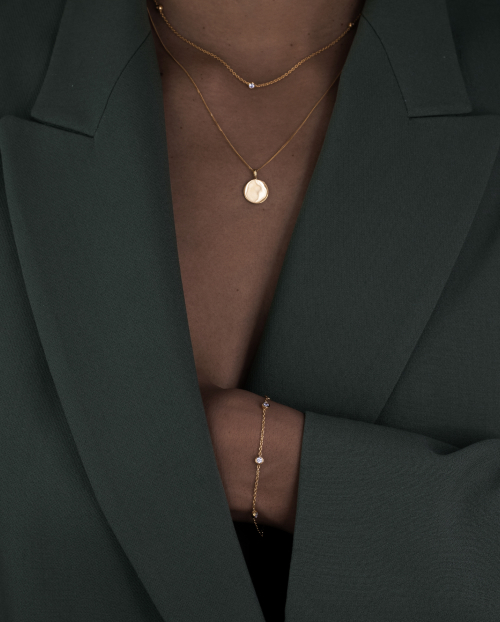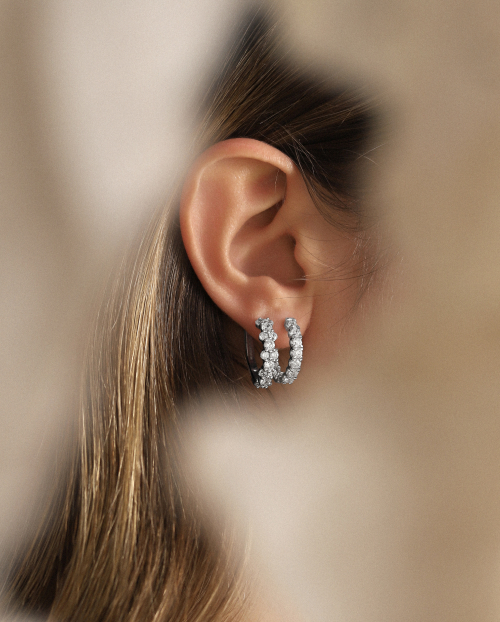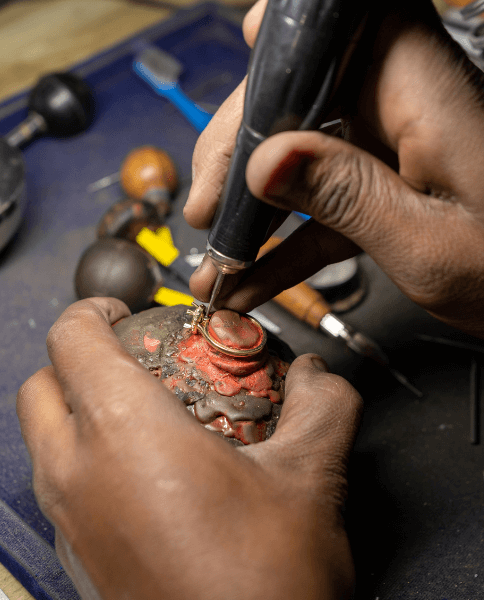The diamond colour refers to the natural tint in white diamonds and can range from colourless to light yellow or brown. Colourless diamonds are very rare, and so many opt for near colourless as it's the best value for money and offers a dazzling sparkle. We’d recommend not purchasing a diamond on the lower end of the scale with a noticeable yellow or brown tint, as this will drastically affect the overall look and sparkle of the diamond.
Read More
Colour
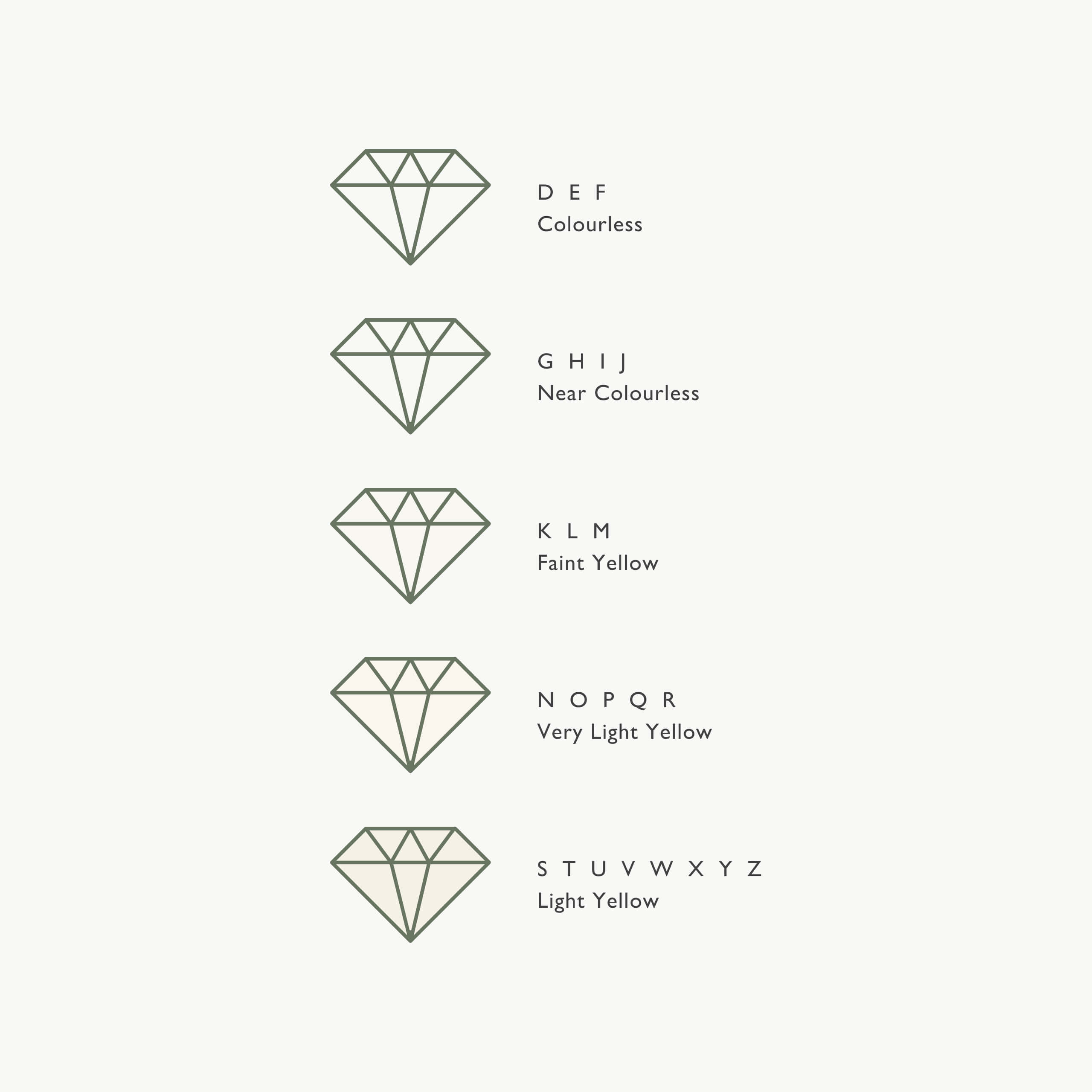
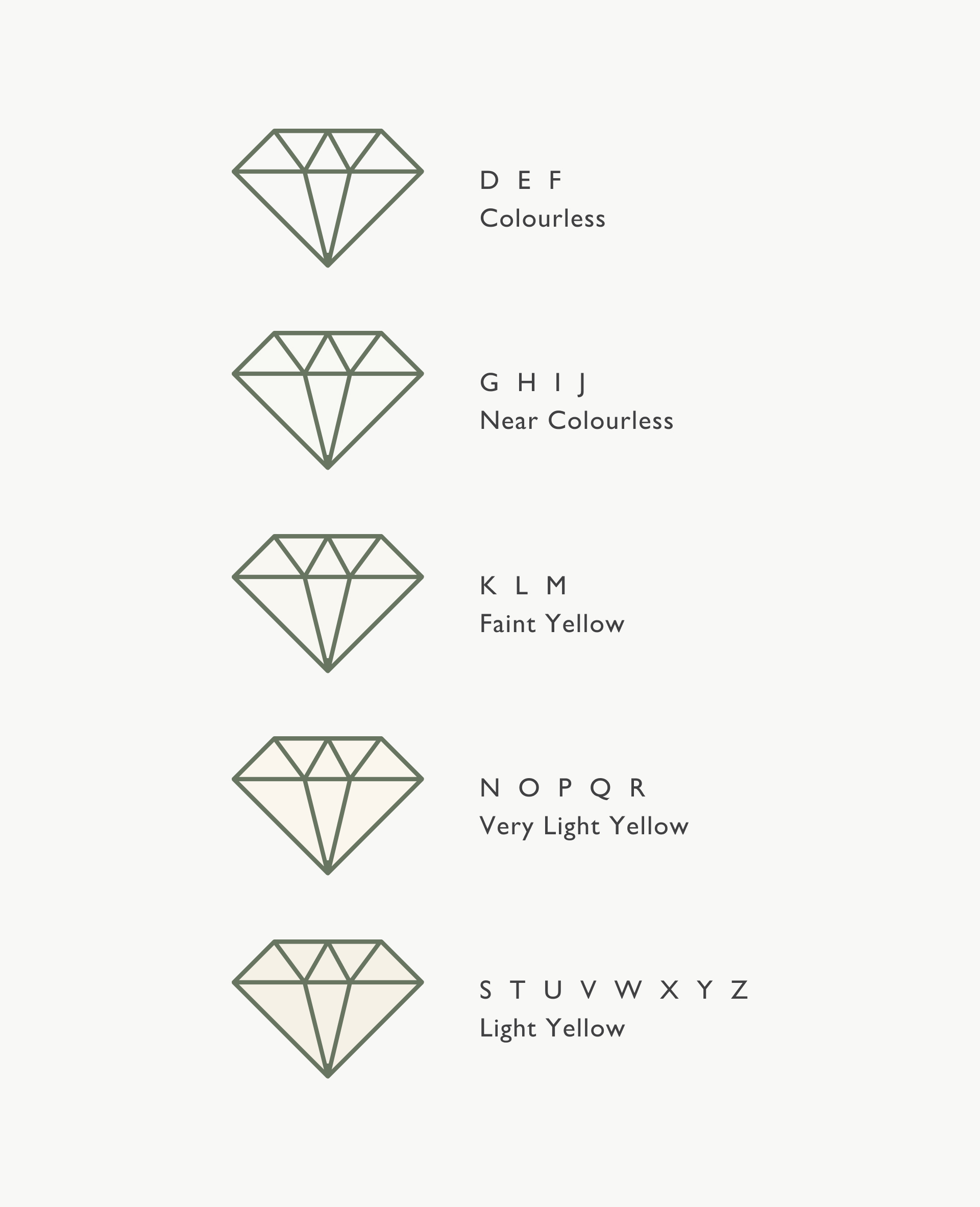
What is Diamond Colour?
Like all of the 4Cs, the colour of the diamond is an important factor to take into consideration when shopping for diamonds. In this guide, we’ll explain what the diamond colour means and which diamond colour is best for engagement rings. Colour refers to the touch of colour that you can get in white diamonds as most diamonds feature a subtle hint of yellow. The whiter your diamond is, the more light will pass through the stone to create more sparkle. The diamond industry has adopted an alphabetical colour scale from D to Z, with D as the highest grading. As you go down the scale, the diamond starts to develop a yellow or brown tint.
It’s important to remember that when buying diamond jewellery for someone, whether it’s an engagement ring, pendant, earrings or bracelet, you should buy a diamond that looks as clear as possible to you. This can also depend on things like the setting and the style.
When grading the colour of diamond, jewellery experts will use the Gemmological Institute of America (GIA) colour scale to determine the colour. This scale will show the progress of colour in the diamond as you move further down, with D being colourless and Z being light yellow to brown.
At Sacet we have chosen to group colour options from D to I in three distinctive groups matching the corresponding clarity level to offer you different options:
D - E are the highest colour grades, which means the diamond has almost no colour. These diamonds are the rarest and represents the higher range in terms of prices.
F - G are classed as near colourless. While there may be slight hints of colour, they’ll be near impossible to see with the naked eye. It is considered the best value for money.
H - I are classed as near colourless as well however the hints of colour might be stronger than the previous group. If you are looking a piece at a smaller budget H and I are a good compromise.
Colours grades continue below I however we've chosen to not offer them as they don't correspond to our quality standards. The hints of brown and yellow are stronger as you go further down the letters.
